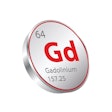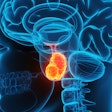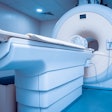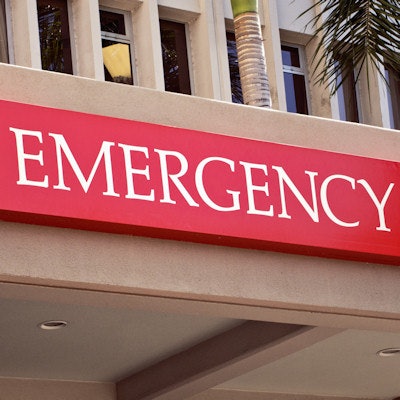
The use of medical imaging is on the rise in emergency departments, increasing demand for advanced imaging interpretation, according to findings published August 4 in the Journal of the American College of Radiology.
A team led by Neo Poyiadji, MD, from Henry Ford Hospital in Detroit found that emergency department imaging use volumes and radiology work relative value units (wRVUs) increased between 2014 and 2021, with sharp increases in CT and MR use. They suggested that this trend will likely continue.
"Radiology departments should prepare for this increased work demand," the Poyiadji team wrote.
While diagnostic imaging is important for managing patients in the emergency department, the researchers noted that excessive use of imaging could lead to undesired consequences such as increased costs and patient wait times, as well as overexposure to ionizing radiation.
Previous reports point to increased access to advanced imaging technologies, including MRI and CT. Such an increase in access and use by emergency departments means radiologists need to adjust for potential increased workloads.
Poyiadji and colleagues investigated recent trends in emergency department imaging volumes and radiology wRVUs at level one and level three trauma centers between January 2014 and December 2021. They evaluated several contributing factors in this area, including the following: total annual patient emergency department encounters (EDE), annual weighted emergency severity index, and patient admissions.
The team found that total wRVUs per emergency department encounters increased at both trauma centers over the study period. This included increases of 34.9% at the level one center and 76.6% at the level three center, respectively.
The researchers also reported "disproportionate" increased use of advanced imaging such as CT and MRI over time and found that increased use of CT was the greatest contributor to the increased workload of radiologists interpreting emergency studies.
While volumes for ultrasound exams decreased in level one trauma centers, they increased in level three trauma centers. The inverse could be said for chest radiographs, which showed increases in level one centers but decreases in level three centers.
Work relative value units changes corresponded with imaging volume trends.
| Percent changes in imaging use volumes and wRVUs in emergency departments between 2014 and 2021 | ||||
| Modality | Level one trauma center (% of total) | Level three trauma center (% of total) | ||
| Type of imaging | Volume | wRVU | Volume | wRVU |
| Radiographs | 5.5% (57.1%) | 2% (13.5%) | -4.4% (49.8%) | -11.7% (9.8%) |
| Ultrasound | -5.9% (6.6%) | -18.5% (8.7%) | 10.4% (5.1%) | 9.3% (5.9%) |
| CT | 35.5% (33.2%) | 53.7% (71.0%) | 74.6% (42.7%) | 120.5% (80.1%) |
| MRI | 56.3% (3.1%) | 69.4% (6.8%) | 2% (2.4%) | 10.2% (4.2%) |
| Total | 14.1% | 34.9% | 19.7% | 76.6% |
The study authors also reported that increased emergency department radiology use is independent of emergency department encounters and patient admission rate.
"Slight increase in patient complexity over time, as inferred from increasing emergency severity index, may in part contribute to increased imaging utilization," they wrote.
Many factors could play a part in these trends, including fear of malpractice litigation and the desire to bypass preauthorization requirements for advanced imaging. Previous reports also suggest that the presence of trainees, Medicare status, and patient race could be contributing factors.
The investigators called for future research to assess differences in ordering providers, patient demographics, and patient presentations to uncover additional trends in emergency department imaging use.
The full study can be found here.


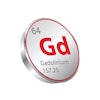
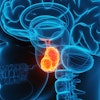
.fFmgij6Hin.png?auto=compress%2Cformat&fit=crop&h=100&q=70&w=100)



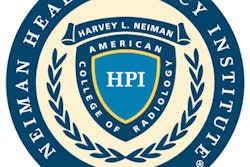
.fFmgij6Hin.png?auto=compress%2Cformat&fit=crop&h=167&q=70&w=250)
